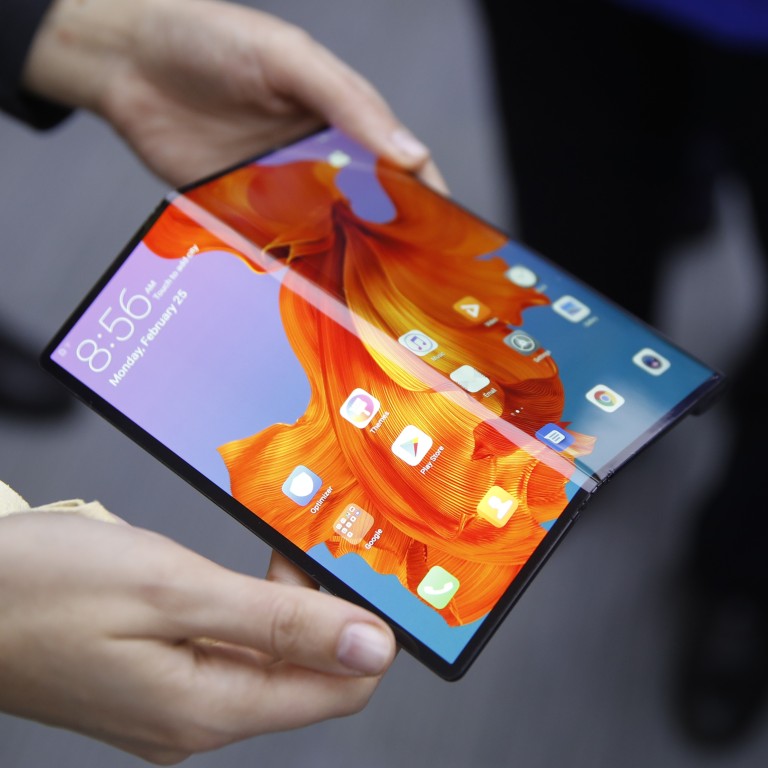
MWC 2019 winners? Chinese phone brands. Here’s what they revealed
- Huawei, Xiaomi, Oppo, ZTE and Nubia all had a great showing at the recent Mobile World Congress in Barcelona
- Huawei’s foldable Mate X was the star, but the Xiaomi Mi 9, Oppo’s new camera system and Nubia’s phone-on-a-wrist also grabbed attention
Apple and Samsung may still be the most well-known smartphone brands in the world, but Chinese names such as Huawei are increasingly making their mark on the international mobile landscape.
OnePlus, for instance, is popular among Android enthusiasts in the West, and US YouTube tech influencer Marques Brownlee even named the brand’s 6T model the smartphone of the year in 2018. Xiaomi, meanwhile, continues its expansion into Europe and in January opened its biggest Mi Store in the world on the Champs-Elysees in Paris, France.
Huawei overtook Apple in total handsets sold in 2018 and both Apple and Samsung suffered declining sales in China and Southeast Asia over the same period.
Apple CEO Tim Cook singled out slow iPhone sales in China as the reason for Apple’s less-than-stellar recent quarterly results. Meanwhile, Samsung’s market share in China has sunk below 1 per cent, according to reports in South Korea.
This year’s Mobile World Congress, held in Barcelona between February 25 and 28, offered a microcosm of this shifting power dynamic.
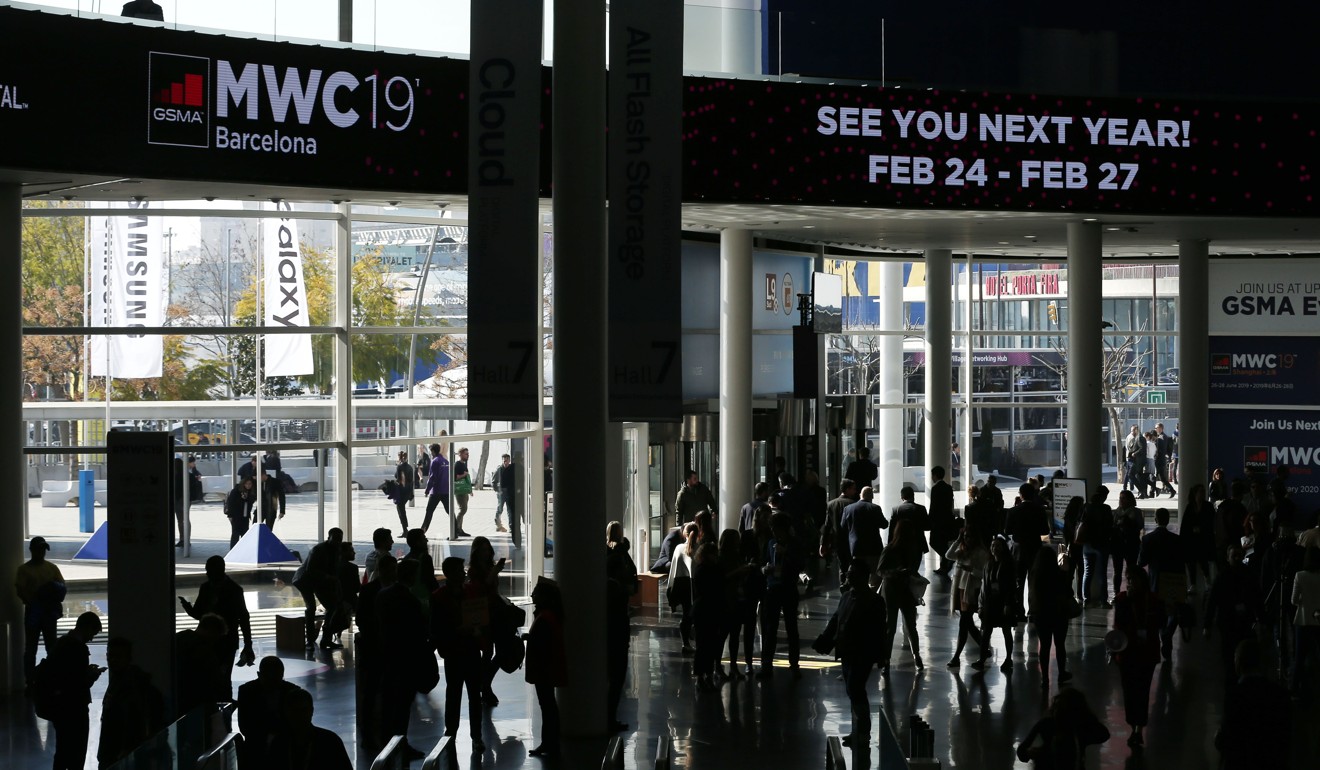
Previously a trade show dominated by Samsung, and to a lesser extent its fellow South Korean electronics brand LG, the star of this year’s edition was easily Huawei, whose foldable 5G phone, the Mate X, generated massive buzz.
It also garnered favourable comparisons to Samsung’s foldable device, which was introduced a few days before MWC in San Francisco.
It certainly helped that Huawei allowed some journalists to test its foldable device, while Samsung kept its unit inside a glass case surrounded by velvet ropes.
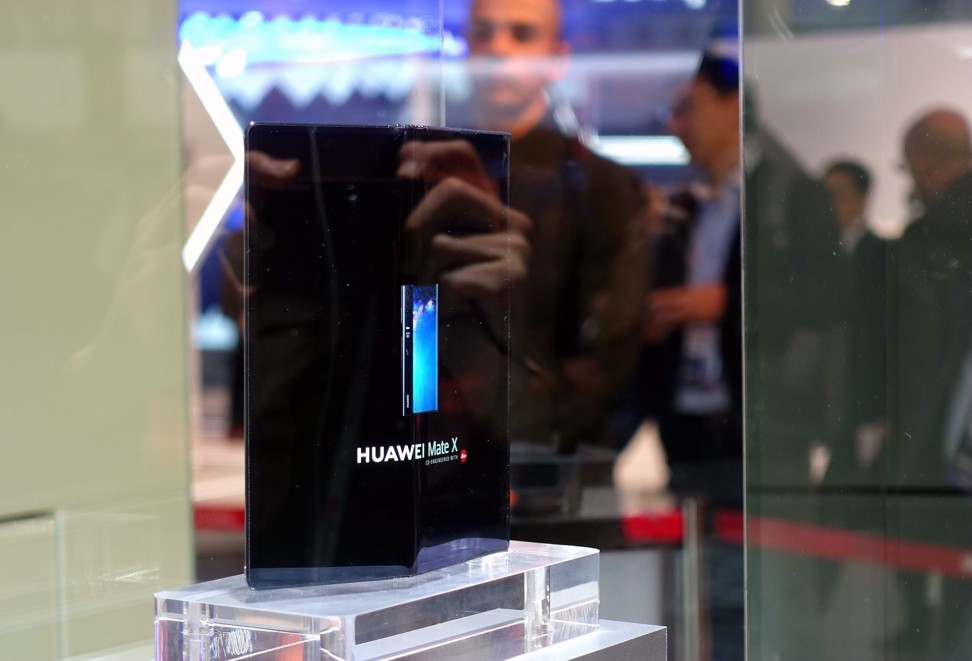
There were more Chinese brands exhibiting at MWC this year than ever before, with Xiaomi and Oppo holding official unveiling events for the first time at the Barcelona show.
Even ZTE, which was mostly out of action last year after getting caught violating Iran sanctions set by the US government, returned with a new device and promises of 5G.
Here are some of the more notable announcements and releases from Chinese brands at MWC 2019.

Huawei
Huawei stole the show with the introduction of its foldable 5G phone, the Mate X. But the tech firm also launched updates to its line of laptops, including the critically acclaimed MateBook X Pro from last year.
Simply named the “new MateBook X Pro”, the 2019 model brings back almost exactly the same near-bezel-less screen design, but improves the internals with the newest Intel iCore Whiskey Lake processor and an upgraded Nvidia graphics card.
But the biggest improvement for this 2019 model is in the software. Huawei introduced a one-tap file-transferring system named “OneHop” that lets any recent Huawei phones transfer files to the laptop and vice versa almost immediately.
From my testing it worked really well, and even with a recycled design from last year, the MateBook X Pro still has the highest screen-to-body ratio of any laptop available.
Huawei also launched a 5G modem/router called the 5G CPE Pro. Powered by the company’s own 5G chipset, the new router is said to be able to hit a max download speed of 4.6Gbps. According to Huawei, it can download a 1GB video file in under three seconds.
Still, all eyes were on the foldable Mate X.
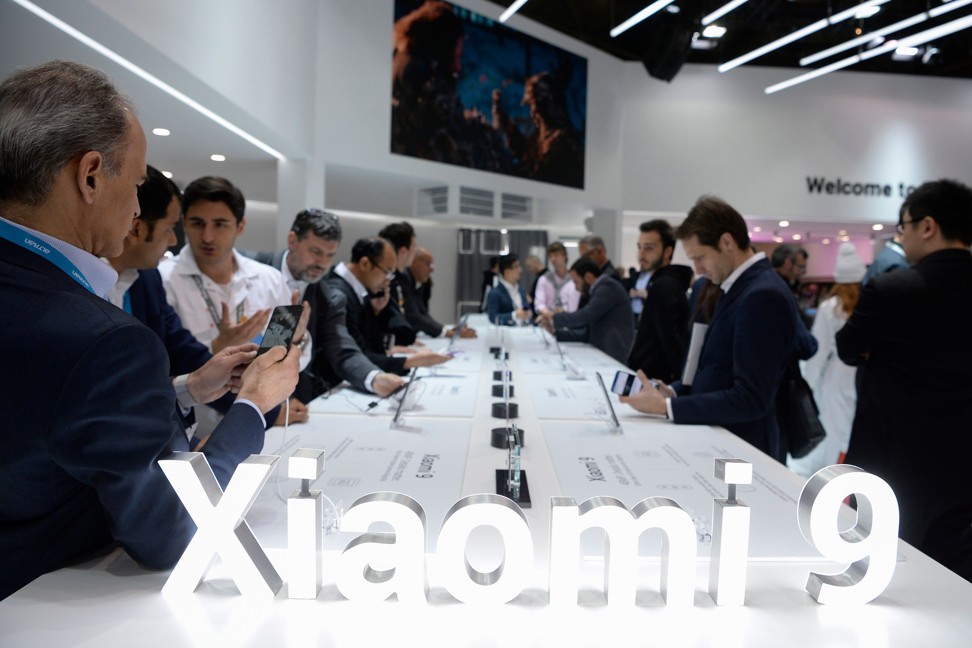
Xiaomi
One of the reasons behind Samsung’s tumbling market share in China and Southeast Asia is likely that Chinese brands are offering mostly the same specs for half the price. Xiaomi is perhaps the biggest culprit.
At MWC, Xiaomi introduced its Mi 9 flagship. It has an OLED display, in-display fingerprint scanner, Qualmcomm’s new Snapdragon 855 chipset and 8GB of RAM – the exact same set of features offered by Samsung’s Galaxy S10 at under €450 (US$504), about half of what Samsung is asking.

Xiaomi also showed off a 5G-ready version of its autumn 2018 flagship, the Mi Mix 3.
The notch-less slider phone has mostly the same hardware as before, but now comes with a new Snapdragon 855 processor and a 5G modem also from Qualcomm.

Oppo, Vivo and OnePlus
Oppo, as expected, introduced a 10x lossless zoom camera system that will be used in a later flagship device.
Most professional photographers will scoff at the idea of a tiny smartphone camera sensor being able to pull off a real 10x zoom without loss of detail.
While the results produced by Oppo’s prototype camera system at MWC certainly fell a bit short of what an actual optical zoom camera lens can pull off on a DSLR, they looked very impressive for a smartphone.
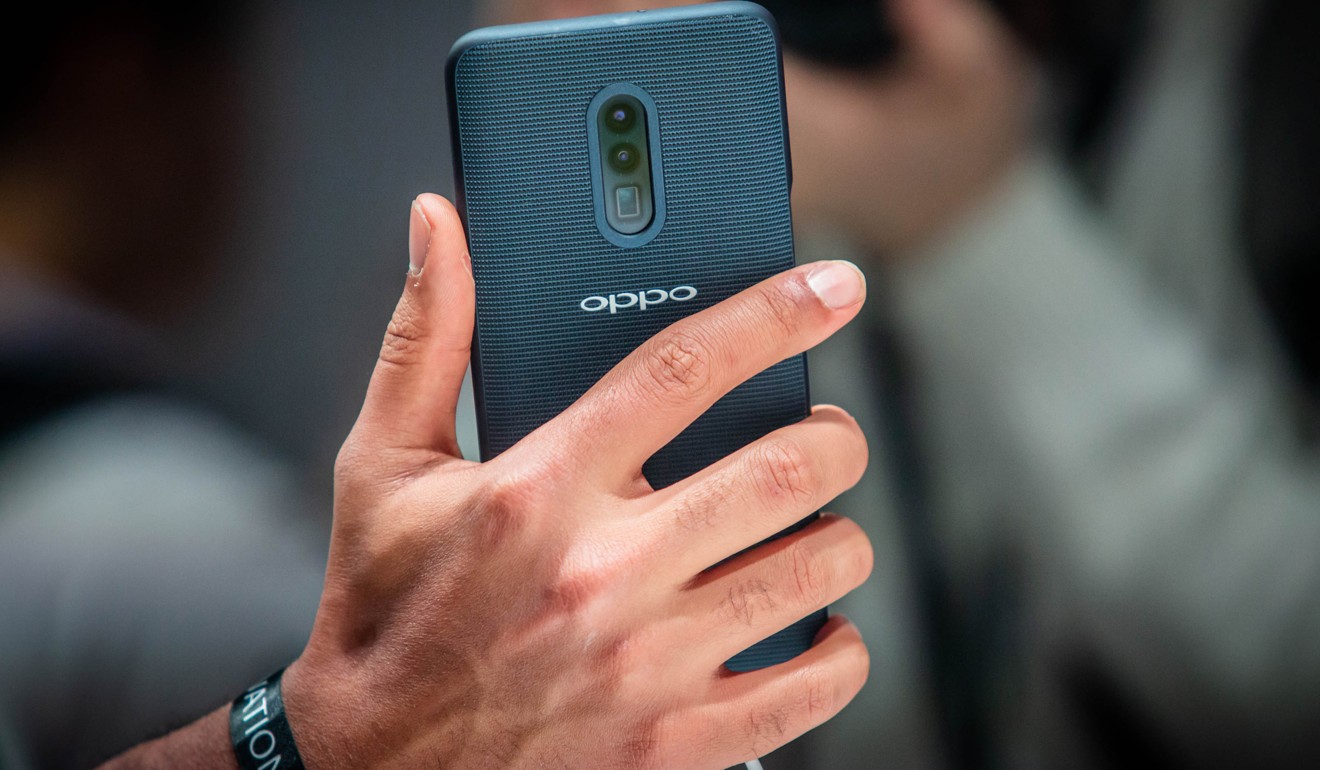
Oppo is able to pull this off with a combination of software and hardware trickery.
The latter involves a periscope set-up inside the device, with light and image information travelling through one lens, reflected by a mirror into a series of additional lenses, before arriving at an image sensor that is placed sideways inside the phone.
Sister brands Vivo and OnePlus didn’t have anything nearly as exciting to show; in fact, Vivo pulled out of MWC at the last minute. OnePlus, meanwhile, only showed a heavily covered-up prototype 5G handset.

ZTE and Nubia
ZTE finally introduced a phone at an MWC, the Axon 10 Pro 5G. But it is a rather bland device with its looks pulled from various 2018 releases, including a waterdrop notch pioneered by Oppo and Vivo and a camera module layout that looks nearly identical to one on the Huawei P20 Pro. The device’s only saving grace is that it is 5G-ready.
ZTE was almost put out of business by the Trump administration and has mostly laid low since returning to the market late last year. It instead let sub-brand Nubia make a splash with an interesting two-screened handset.

Nubia also showed off a radical new device: a “smartphone” that is worn on the wrist like a bracelet. Named the Alpha, it differs from smartwatches in that it has a long 4-inch flexible screen that wraps around the user’s wrist. It also comes with a 5-megapixel camera.
Unlike Huawei’s foldable phone, however, the design of the Alpha is very clunky and looks far from ready as a consumer device, which explains why this flexible-screen device flew mostly under the radar.

